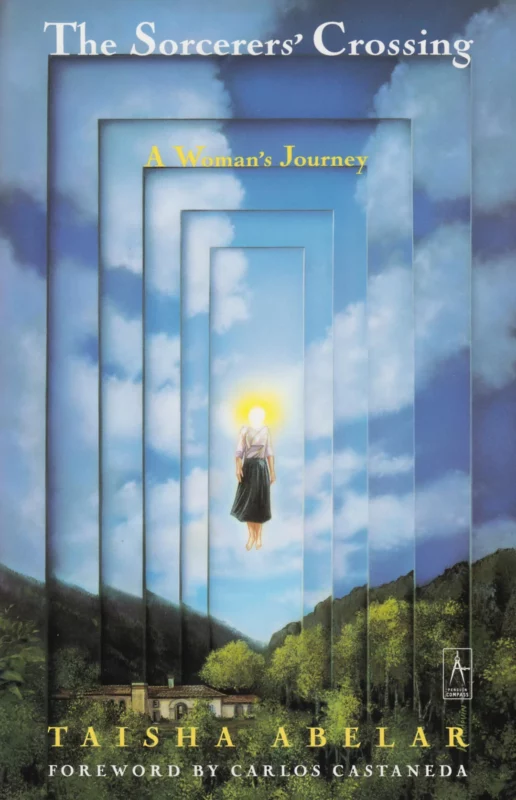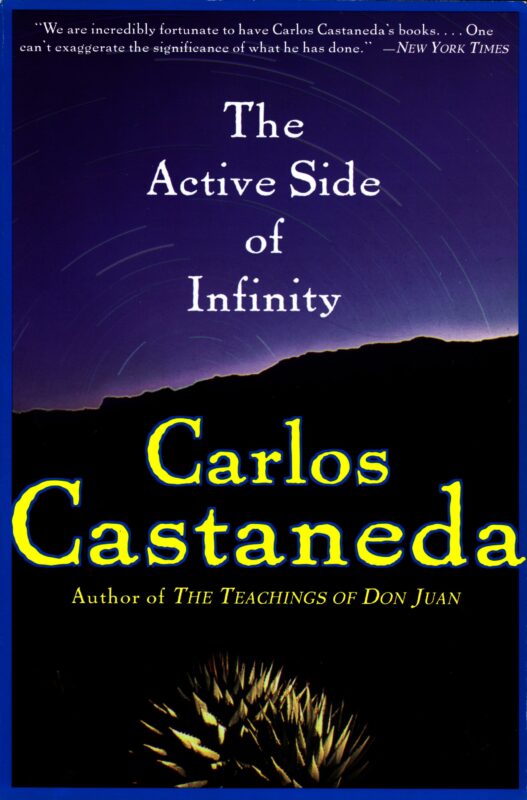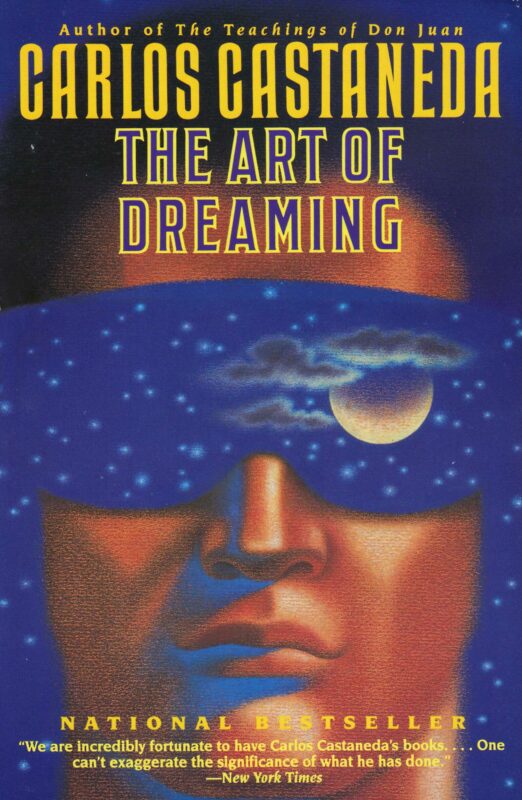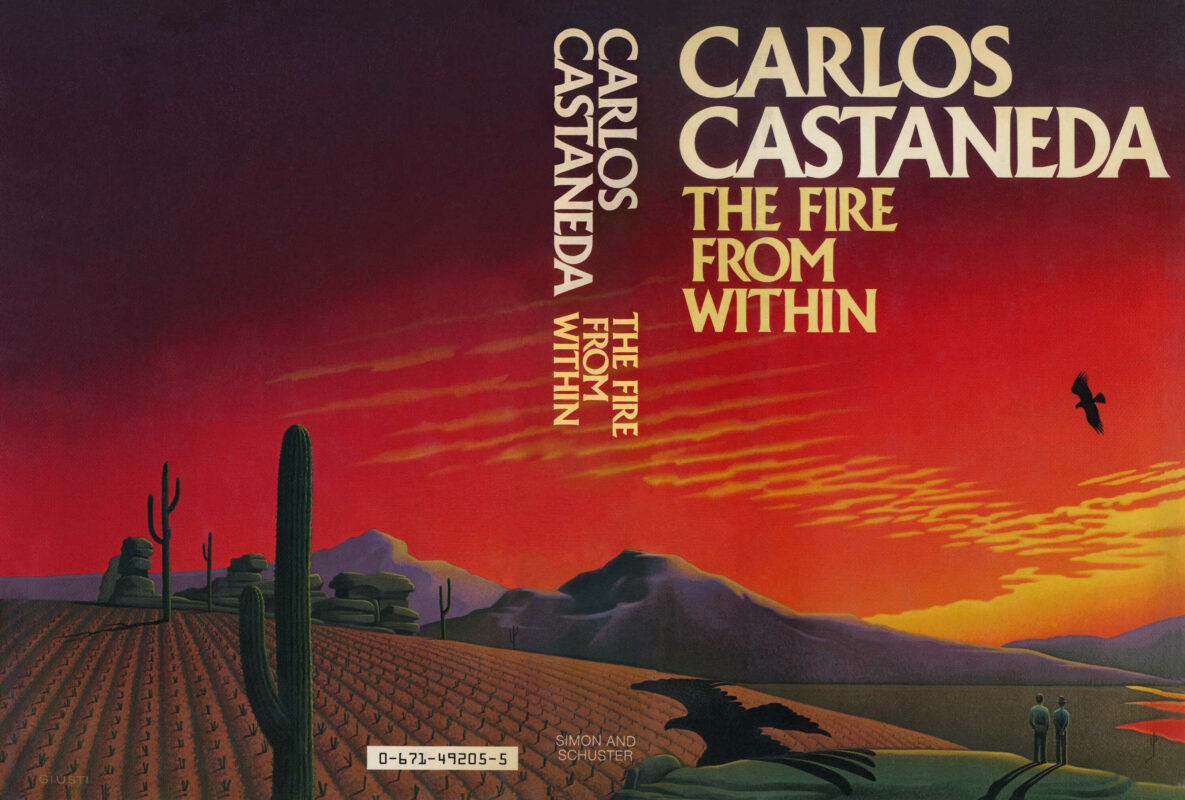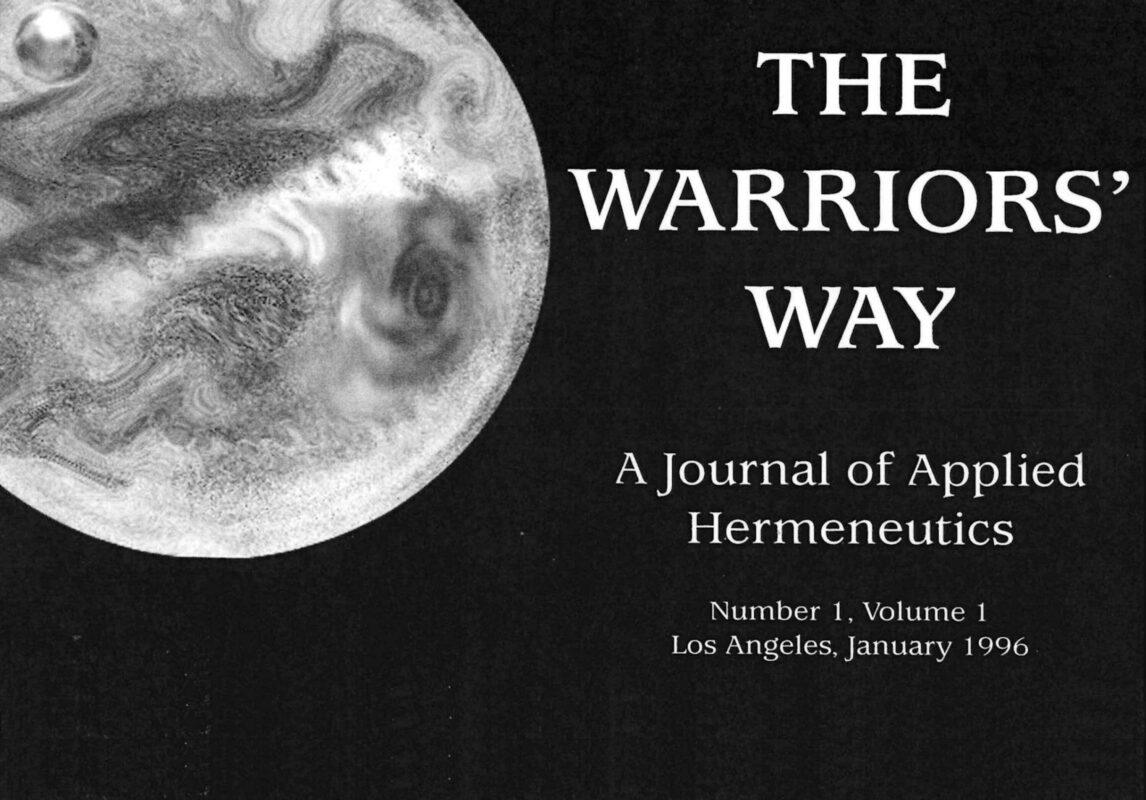In this chapter, don Juan reveals that he is the leader of a group of fifteen sorcerers and did not actually live in the shack where they first met. He then introduces Castaneda to the concept of “inorganic awareness.” He explains that our world is a twin world, coexisting with a complementary world populated by “inorganic beings”—entities that possess awareness but no organism. He further classifies these beings, distinguishing between the “first cousins” from our twin world and the “scouts” or “explorers” from the depths of the universe, some of whom sorcerers call “allies.” To give Castaneda a direct experience, don Juan guides him on another journey from inner silence. In the Sonoran desert, Castaneda meets two beings who identify themselves as his allies. By staring at them, he is able to see past their humanlike appearance to their true form: vibrating, shapeless blobs of luminosity. Don Juan explains this is seeing energy directly, and that our normal cognition limits our perception by interpreting everything. He instructs Castaneda to henceforth gaze at any apparition with an inflexible attitude to see its true energetic nature.
